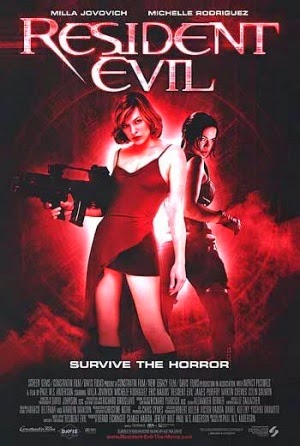Evaluation 7
After looking back at my preliminary front cover I feel I have drastically improved my skills on photoshop and photography in general, resulting in a more professional looking production. It is clear that my preliminary task looks childish and ridiculous as compared to a more professional looking product mainly due to the colours, fonts and layout of the text. I have learnt that a successful magazine needs to look a lot more professional.
Furthermore I had not carried out any research whatsoever prior to completely the preliminary task, meaning I was unaware of what was actually expected and required of a finished product. I also had no knowledge of websites such as "dafont" which allow for an extreme amount of variation of choice in terms of magazine conventions that could be used.
My contents page preliminary task stands out in particular, especially when compared to the contents page of my finished production. On it's own it looks amateurish but when compared to my finished contents page it is brought to light just how messy and incomplete it actually is.
Furthermore I had not carried out any research whatsoever prior to completely the preliminary task, meaning I was unaware of what was actually expected and required of a finished product. I also had no knowledge of websites such as "dafont" which allow for an extreme amount of variation of choice in terms of magazine conventions that could be used.
My contents page preliminary task stands out in particular, especially when compared to the contents page of my finished production. On it's own it looks amateurish but when compared to my finished contents page it is brought to light just how messy and incomplete it actually is.
Researching into magazines has given me a very strong idea of what magazines actually look like which I believe has been well reflected within my production. I believe I have grasped a strong concept on how real magazines are made, laid out and what is expected within the real world.
My preliminary contents page is also very basic and does not show the conventions of a real media product, much like the cover. Once again, no research was carried out so I had a very limited idea of what to do for this task. I created my preliminary contents page on photoshop but only had a vague idea of how to carry out the basic processes that photoshop allows. The colour is very bland and the general look is not very aesthetically pleasing. It is very boring to look at and does not meet the requirements of my target audience.
On the other hand, my final contents page has a professional look as my skills of using photoshop had developed over the time period I was creating my magazine. I had also researched into pre-existing music magazines so my knowledge had been widely broadened since the preliminary task. The images used on the real media product reflect how my skills have developed and improved since producing the preliminary task.
My preliminary contents page is also very basic and does not show the conventions of a real media product, much like the cover. Once again, no research was carried out so I had a very limited idea of what to do for this task. I created my preliminary contents page on photoshop but only had a vague idea of how to carry out the basic processes that photoshop allows. The colour is very bland and the general look is not very aesthetically pleasing. It is very boring to look at and does not meet the requirements of my target audience.
On the other hand, my final contents page has a professional look as my skills of using photoshop had developed over the time period I was creating my magazine. I had also researched into pre-existing music magazines so my knowledge had been widely broadened since the preliminary task. The images used on the real media product reflect how my skills have developed and improved since producing the preliminary task.























